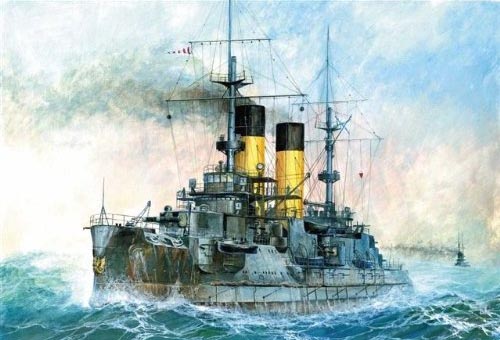Since there seems to be some firearm confusion, let me lay out the general timeline of firearms development post-1300s. This is from memory, so there won't be exact years or anything, and I'll be skipping over some of the more minor developments. This is meant to express what standard-issue arms were. Here we go!
-1200s-1300s: development of cannons, including hand cannons. Matchlock only (meaning you light a match or a cord and often manually light the gunpowder to fire). All weapons of significant number, influence, and practicality from here until I mention this again are single-shot muzzle-loading weapons, usually unrifled.
-1400s-1500s: development of more mobile handheld firearms such as the arquebus, and at the tail end of this period, the musket. Here matchlock developed further into something with a crossbow-like trigger. You had to light a fuse and pull the trigger to bring the fuse down into the gunpowder to set the gun off. Wheel-lock was also developed, where a steel wheel would start spinning, making sparks that would light the powder. The start of flint-ignited powder was also here in the form of snaplock.
-1600s-1800: Flintlock is developed around the year 1600, where a piece of flint strikes steel to ignite the powder. Flintlock was the second to last truly significant development of muzzle-loaders.
-1820: Percussion caps are invented. These seal the ignition powder in a little contained cap, or primer, which is hit by a small hammer when the trigger is pulled. This allows muzzle-loading weapons to fire reliably in just about any weather, unless a lot of water somehow got into the barrel. At this time, the first popular breech-loaders became available, which started to make rifles practical as a standard-issue weapon.
-c.1850: Breech-loading rifles become standard issue among certain advanced nations. Artillery at this point has mostly evolved into weapons capable of accurate indirect fire (meaning they didn't have to see their targets to hit them) based on mathematics, meaning they were rifled and also breech-loading.
-c.1870: Using the advancement in breech-loaders and the new idea of cartridged rounds (where the bullet and the powder are part of the same metal piece that can be quick-loaded rather than loading in powder and then the bullet), weapons with magazines are invented, meaning you can fire multiple times without reloading. The Gatling gun was invented around 1860 and was virtually functionally identical to a machine gun. Artillery becomes one of the main deterministic factors of warfare, as does mobility in a strategic (as in large-scale) sense. This means that cavalry is fast becoming obsolete, because it relies mostly on mobility in a tactical (small-scale) sense, when compared to the mobility that locomotives give troops.
-c.1880: The first 'true' machine guns, much more compact and easy to fire, not to mention faster. This is also when the Mannlicher Model 85 was developed, the first semi-automatic weapon. Semi-automatics would not be widely adapted until the French Fusil Automatique 1917, designed in (you guessed it) 1917.
-c. 1900-1920: The first widely-adopted handheld automatic and semi-automatic weapons (not counting pistols, which were being widely adopted from the 1880s on--in fact, the famous Mauser C96 was, as you might have guessed, made in 1896, and was following in a path set out by earlier sidearms). These were usually submachine guns, although the Americans in WWI developed the Browning Automatic Rifle which was the standard SAW (squad automatic weapon) in the next two wars the the USA fought.
This is the general timeline, and I hope it clears up function and confusion. There are always exceptions, though; take for instance the Puckle Gun, which was essentially a flintlock revolver cannon designed in 1718 but never put into use. This is a fake world, after all. However, semi-automatic weapons LIKE the M1 Garand almost always use a particular kind of self-limiting gas-powered design that requires cartridged rounds in order to work. If we're doing anything pre-cartridged rounds, semi-automatic guns that do not have either revolving barrels or revolving chambers (like the Puckle Gun did) is absolutely out, and completely impractical for anything hand-held besides.

